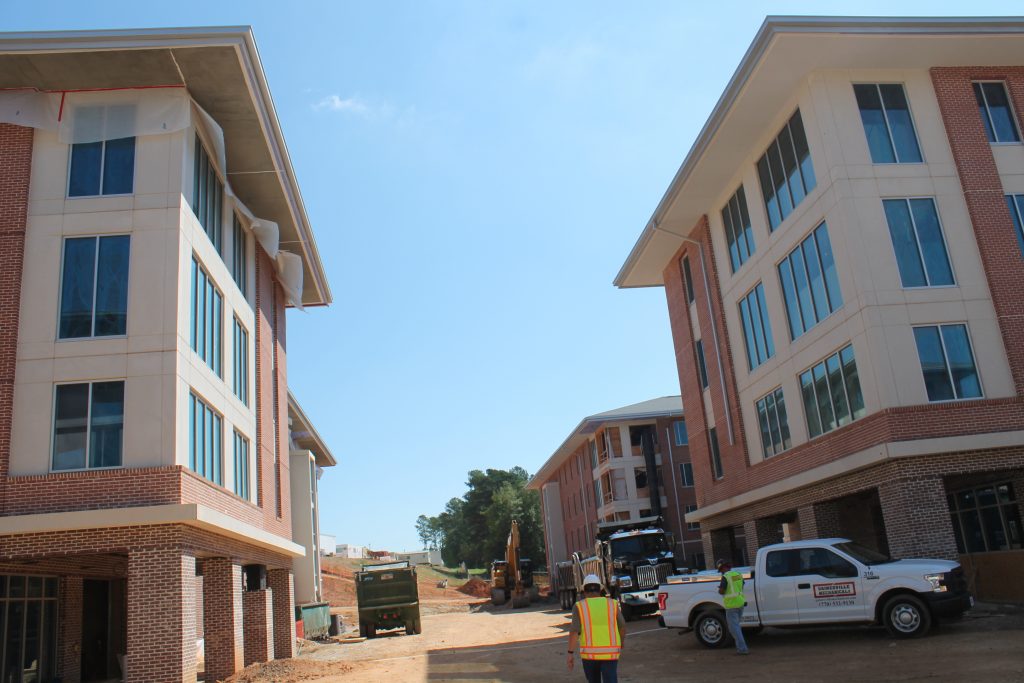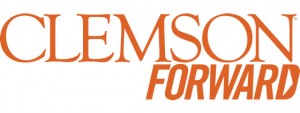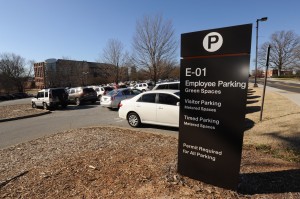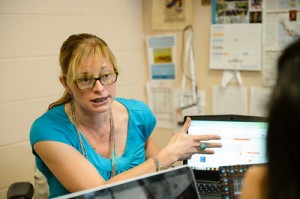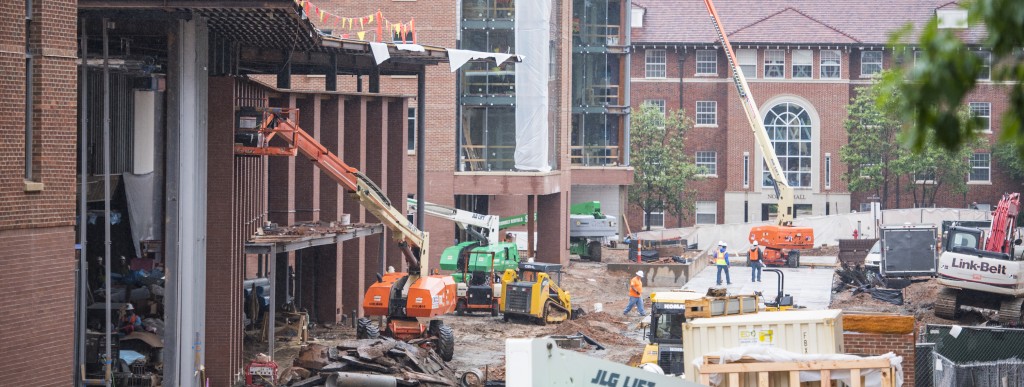 By Jackie Todd, Office of Media Relations
By Jackie Todd, Office of Media Relations
Construction continues on Clemson’s main campus during the summer months. More than 70 small and large projects are ongoing, all contributing to modernized campus classrooms, housing, workspace and infrastructure.
While it’s prudent for faculty, staff, students and university visitors to be aware of construction zones, detours and outages, the good news is that the disruptions are anticipated to have less impact than in past years.
Breaking it down
In the northwest campus, workers are enhancing infrastructure for the new Snow Family Outdoor Fitness and Wellness Center. Thanks to a $2.4 million gift, officials say that the center will provide an active learning environment for experiential education; environmental awareness programs; recreational skills; and life skills in leadership, community development and employment.
As part of the infrastructure enhancement, workers will add a sanitary sewer line, which may result in periodic lane closures on Highway 93 from the Y Beach area to Perimeter Road.
With new facilities comes new parking. Toward that end, construction on a parking lot near the Snow Center will begin this summer. The lot will be completed in phases and will eventually offer more than 350 spaces.
Other projects in the main campus’s northwest quadrant include scheduled maintenance on the West Campus Energy Plant next to Fike Recreation Center and upgrades to a stormwater system on Ravenel Road.
Renovations to Littlejohn Coliseum are ongoing and will result in periodic closures to the nearby Avenue of Champions.
Northeast campus
Scheduled to be completed for the fall semester, the Core Campus project is ongoing and will result in road closures in July.
Limited access to Fort Hill Street in July
Fort Hill Street, which is next to the Core Campus site, will become a single-lane street from July 4 until July 22. Construction workers will be on site to direct traffic during that time. The road will close entirely from July 25 through July 29 so that workers can lay the final asphalt coating. Signs will be posted in and around the impacted areas.
Other roads around Core Campus will also close periodically. Union Drive, Alpha Beta Drive and Klugh Street will close from June 27 through July 22 as workers complete roadway construction. During this time, only emergency and special-permit vehicles will have access to this area. Signage will be in place to direct all other traffic.
Southeast campus
The southeast quadrant of campus will see upgrades in various buildings. Java City in the Cooper Library will undergo renovations. The fourth floor of the Watt Family Innovation Center will be completed. Jordan Hall, Lee Hall and Lee III will see small-scale improvements.
As part of what officials call the Central Campus Paving Project, some streets in the area will close periodically so workers can repave the roadway and sidewalks.
Affected streets include:
- Engineering Service Drive
- South Palmetto Boulevard
- Delta Epsilon Court and
- Lambda Street.
Sheep Barn renovations will relocate parking spaces
The renovation of the Sheep Barn has begun. Thanks to a $1 million gift, the Sheep Barn will be transformed into the Barnes Student Activity Center, where officials tout this space as a place that will provide opportunities for student employment, leadership, graduate assistantships and internships and experiential learning. While construction on this site is ongoing, 30 employee parking spaces will be relocated to nearby areas.
Southwest campus
As a new football operations facility is being constructed in the southwest quadrant of campus, those who frequent the area can expect minimal delays. The good news is that this building, anticipated to be completed in 2017, will come with a parking lot that will offer approximately 200 spaces for use by employees and students.
Periodic scheduled electrical outages
Officials advised that some buildings may experience electrical outages to accommodate system upgrades. While outages will take place mostly at night or on weekends, some outages will occur during the workday. Detailed information about these outages will be shared with building security coordinators well in advance of the disruption.
Construction project managers have created a PowerPoint presentation with detailed information about campus projects. Access the PowerPoint here.
